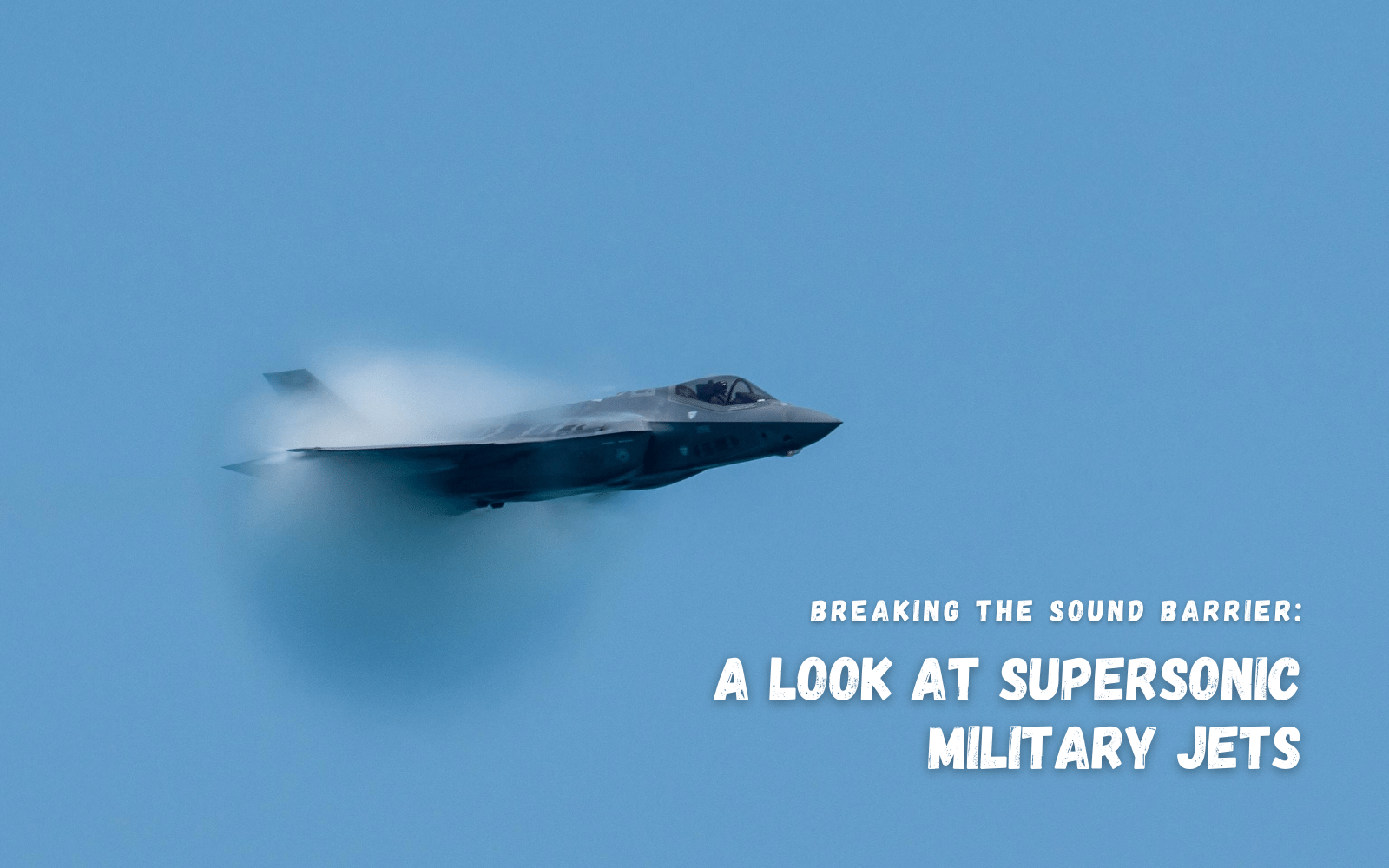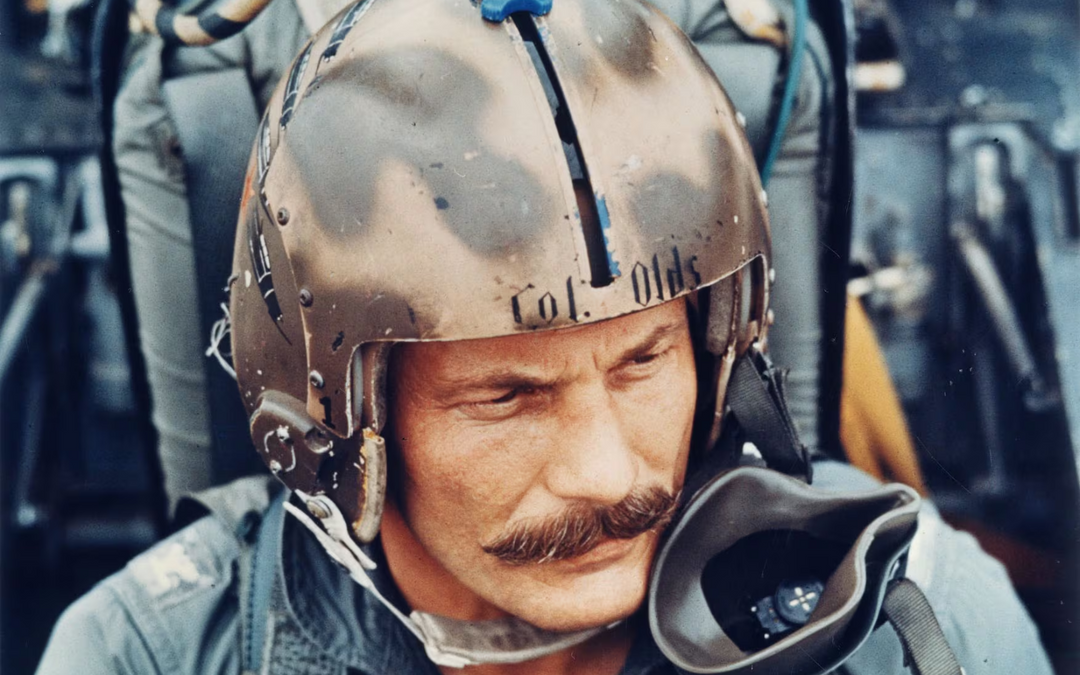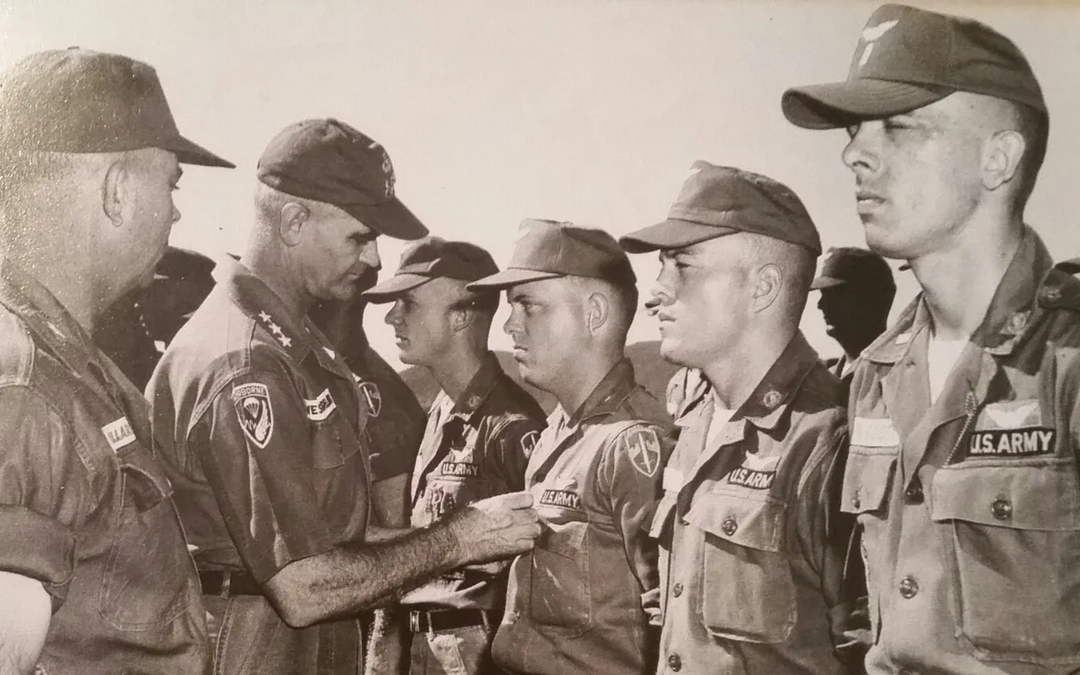Breaking the Sound Barrier: A Look at Supersonic Military Jets

The Quest for Speed: The Advent of Supersonic Military Aviation
The saga of supersonic military jets began in the mid-20th century, a period marked by rapid technological advancements and a relentless pursuit of superior air power. This era ushered in a new chapter in military aviation, fundamentally altering the dynamics of aerial combat and reconnaissance. The race to develop aircraft that could travel faster than the speed of sound was not just about speed—it was about gaining a strategic and tactical advantage that could tip the scales in global military dominance.
Breaking the Sound Barrier: A Milestone in Aviation
The monumental achievement of breaking the sound barrier in 1947 by the Bell X-1, piloted by Chuck Yeager, marked a watershed moment in aviation history. This breakthrough demonstrated that controlled, sustained flight at supersonic speeds was possible, paving the way for an entirely new class of military aircraft. The success of the Bell X-1 shattered previous limitations and set the stage for the development of faster, more agile, and more formidable supersonic jets.
The Evolution of Supersonic Military Jets
From the pioneering Bell X-1 to the advent of iconic supersonic military jets like the F-104 Starfighter and the MiG-21, the evolution of these aircraft has been characterized by leaps in technology and capability. Supersonic jets were designed with sleek, aerodynamic profiles, powerful engines capable of propelling them beyond Mach 1, and advanced weaponry systems. These jets not only excelled in speed but also in their ability to perform a variety of roles, from air superiority missions to precision strike operations.
Technological Innovations Behind Supersonic Speed
Achieving and sustaining supersonic speeds required significant innovations in aerospace engineering. Advances in jet engine technology, materials science, and aerodynamics were critical. The development of afterburners, which inject additional fuel into the jet exhaust to produce extra thrust, was a game-changer, allowing jets to exceed the sound barrier and maintain high speeds.
Iconic Supersonic Military Jets and Their Legacy
Several supersonic jets have left an indelible mark on military aviation history. The F-22 Raptor, with its stealth capabilities, advanced avionics, and supercruise ability, represents the pinnacle of supersonic jet technology. Similarly, the Soviet Union's MiG-25 Foxbat, designed during the Cold War, showcased the intense rivalry and technological race between the superpowers. These aircraft and others like them have defined eras of military strategy and have been instrumental in shaping the outcome of conflicts around the globe.
The Role of Supersonic Jets in Modern Warfare
In today's complex geopolitical landscape, supersonic military jets continue to play a crucial role. Their speed and agility make them invaluable for rapid response, air superiority, and strategic bombing missions. Moreover, the ability to deploy these jets across the world underscores their significance in projecting power and deterrence.
Challenges and Triumphs of Supersonic Flight
While the capabilities of supersonic jets are unparalleled, they are not without challenges. The phenomenon of the sonic boom, the environmental impact of high-speed flight, and the physical and technical challenges associated with operating at extreme velocities have been significant hurdles. Despite these challenges, the continued evolution and deployment of supersonic jets underscore their value and resilience.
The Future of Supersonic Military Aviation
As we look to the horizon, the future of supersonic military aviation is poised for further transformation. With advancements in hypersonic technology, stealth, and unmanned aerial systems, the next generation of military aircraft will redefine the boundaries of speed, agility, and effectiveness. The quest for supremacy in the skies continues, with innovations that promise to keep military aviation at the cutting edge of technology and strategy.
Conclusion
The journey from the first supersonic flight to the advanced military jets of today is a testament to human ingenuity and the enduring quest for superiority in the skies. Breaking the sound barrier opened a realm of possibilities, leading to the development of aircraft that have played pivotal roles in shaping the course of military history. As we continue to push the boundaries of what is possible, the legacy of supersonic military jets serves as both a foundation and inspiration for future advancements in military aviation.







Leave a comment